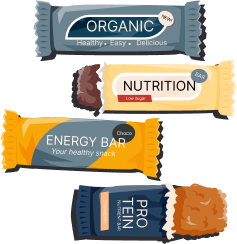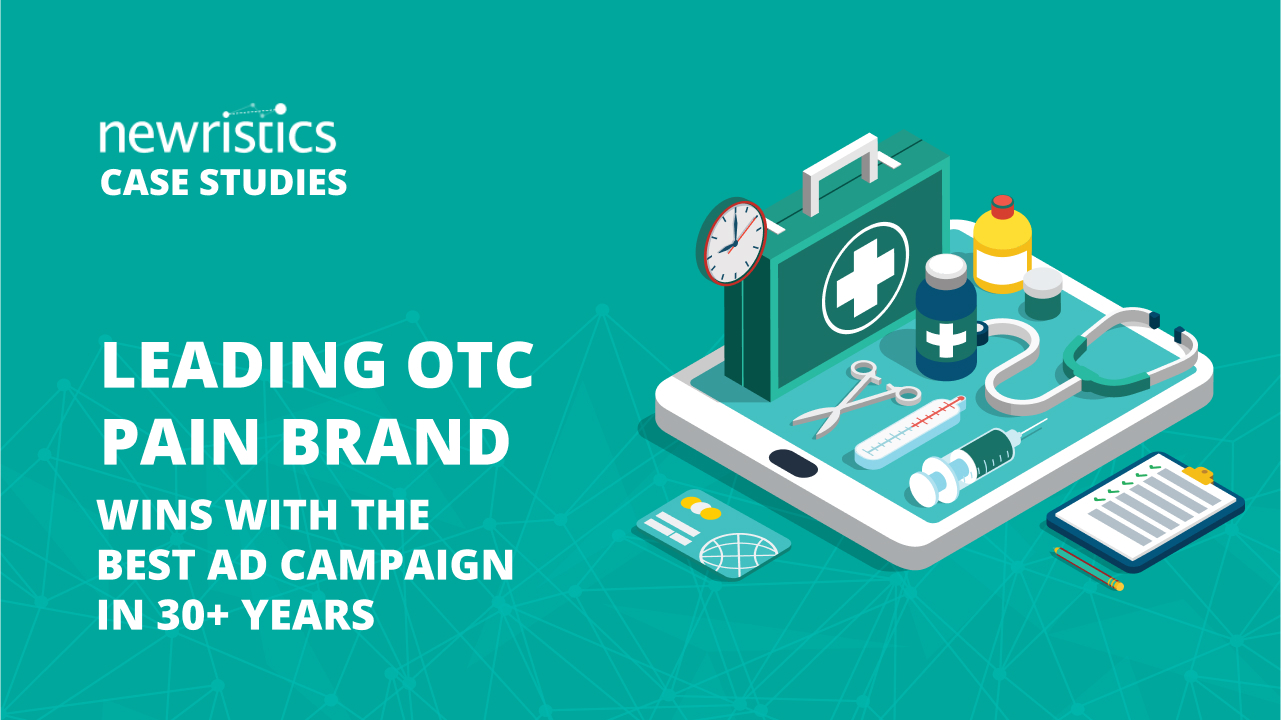As the name implies, more choice isn’t always better. Have you ever gone to pick up headache medication at the drugstore only to leave with an even greater headache? A typical drugstore will have dozens of headache medications available. They vary by brand, strength, and purpose—some are solely for headaches and others for headaches and fever relief—the sheer number of choices can leave a person suffering from Choice Overload.
So instead of carefully comparing alternatives, the average person is likely to choose the medication with little thought, perhaps looking for the cheapest alternative, a recognized brand, or the first headache medication they see.
The catch-22 is that having too few choices is frustrating and you want to look elsewhere while having too many choices is overwhelming and you want to stop looking altogether.
 Blog posts
Blog posts Newristics
Newristics
 10 June 2019
10 June 2019

 Back
Back Share
Share






 Video
Video


 Case Studies
Case Studies



